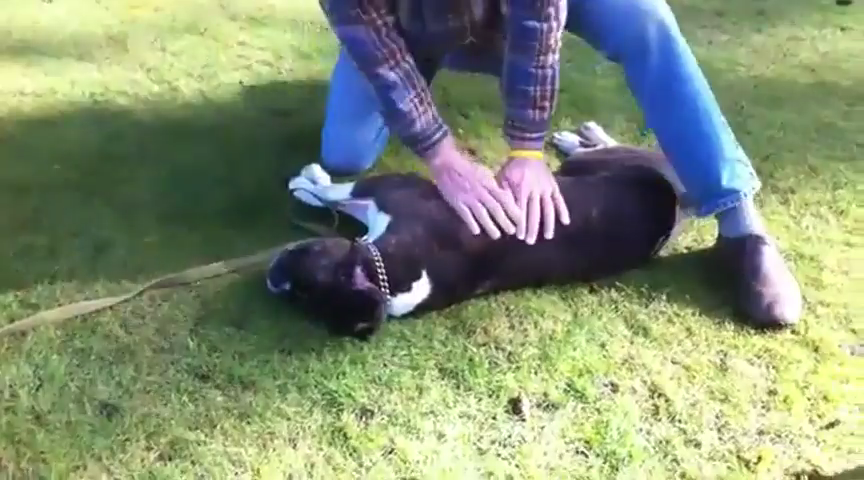
Any condition that prevents oxygen from getting to the tissues causes suffocation. The most common emergencies in this category are drowning, smothering in an airtight space, being overcome by toxic fumes (smoke, gasoline, propane, refrigerants, solvents, and others), choking from a foreign body in the throat, being poisoned by carbon monoxide, and suffering a penetrating wound of the chest.
(Check out Dog Health Conditions During Summer Season)
Signs of oxygen deprivation (called hypoxia) are extreme anxiety, straining to breathe, and gasping for air (often with the head and neck extended), followed by loss of consciousness as the dog succumbs. The tongue and mucous membranes turn blue, a condition called cyanosis.

One exception to the blue color of hypoxia is carbon monoxide poisoning . Carbon monoxide turns the blood and mucous membranes bright red. Carbon monoxide poisoning is seen in dogs who are trapped in burning buildings, transported in the trunk of a car, or left in an unventilated enclosure such as a garage with the car engine turned on. Although most dogs are good swimmers, drowning can occur if a dog swims too far out and becomes fatigued, falls through ice, is caught in a flood, or is unable to climb out of a swimming pool. The sudden onset of gasping and struggling to breathe in a healthy dog suggests a foreign object lodged in the throat.
(Check out Have Fun under the Sun: Dog Care during Summer)
The immediate need is to reestablish breathing with fresh air. If breathing is shallow or absent, begin artificial respiration. As soon as possible, transport your dog to the nearest veterinary facility for ventilation support. Carbon monoxide poisoning is frequently associated with smoke inhalation and burns of the mouth and throat. Carbon monoxide binds with hemoglobin and blocks the delivery of oxygen to the tissues. Even though the dog is breathing deeply, oxygen transport will be compromised for several hours. Breathing a high concentration of oxygen helps to overcome these effects. A veterinarian will be able to provide this therapy using an oxygen mask, a nasal tube, or an oxygen cage.

